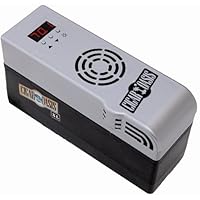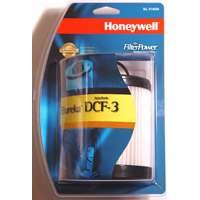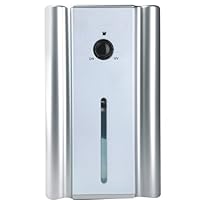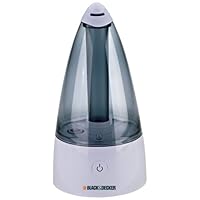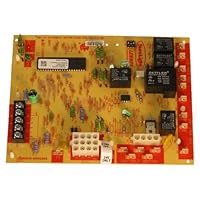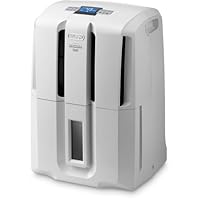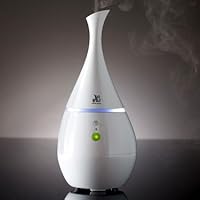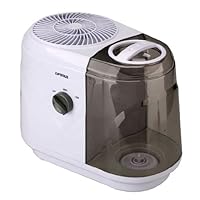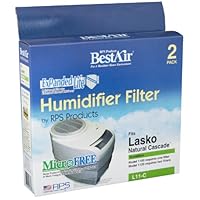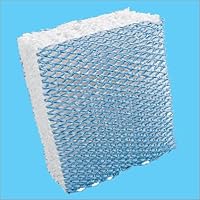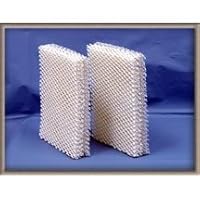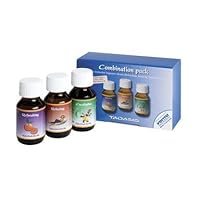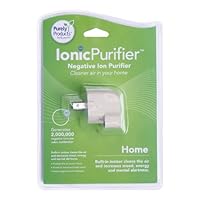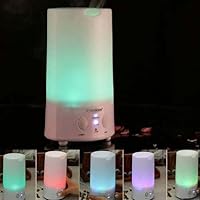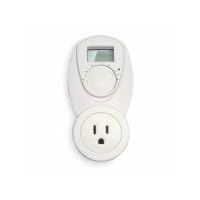
I am highly allergic to mold. After our home flooded 18 months ago, our house became a mold haven. Even after spending thousands of dollars on environmental cleanup, I feared we would have to move. But installing a commercial grade dehumidifier, equipped with MERV-7 filtration, has mercifully kept the mold at bay. The dehumidifier is controlled by a Dayton 1UHG2. The Dayton has been working well for almost a year now, keeping my basement at about 42% relative humidity (RH), year round.
I wish the Dayton had a bit more operating range. If I set it any lower, say 40%, the dehumidifier sometimes doesn't shut off, since the Dayton doesn't reliably trip at humidity that low. However, 42% is near the stated bottom limit of the Dayton's operating range (40-90% RH +-2%), so it is probably working within spec, and at 42% I am suffering minimal discomfort from mold activity, and my utility bill is more comfortable, too. I'm sure the Dayton has more than paid for itself in electricity savings over the past summer and that's good for the environment, too.
The Dayton is a pretty nice little unit for the price (manufactured in China, of course), but it is an outlet hog. When plugged into the top outlet of a standard double or four-way outlet, the Dayton's oversized case partly covers the lower outlet. Some heavy-duty AC plugs (washer, dryer, etc.) do not fit properly into the restricted space remaining--surprisingly poor case design.
The Dayton's single user control, a thumb-wheel, serves to set the on/off point for the room's relative humidity. When the user turns the thumb-wheel, the display automatically switches to "set" mode, showing the current on/off point. The wheel is rather tricky to work, as the display soon reverts to "Room RH" two seconds after the wheel is idle. It seems to me it would be much easier to set, if there was a button to press and hold, which would keep the display in "set" mode till the button is released. I would gladly pay a few dollars more for such a refinement.
The Dayton takes perhaps 2 hours or more for its electronics to settle and give accurate readings. This makes it practically impossible to set it correctly at once and forget it. I find it requires resetting several times to get the room to the desired RH. I also had to experiment to find the most reliable lowest setting. All of which makes this minimal interface annoying and awkward. But once set properly, I haven't had to monkey with it. I used to check it every day, but have grown to trust it. Now I check it only once in a while. The Dayton's RH readings are within 1 or 2 % of my dedicated electronic hygrometer, which suggests it is reasonably accurate.
The Dayton 1UHG2 has its limitations, but at present, it seems to have little competition at this price point. Better solutions--though few so convenient--may be available, but at much greater expense. Perhaps the next generation of this product will offer refinements, but for now, this is a welcome low cost solution for dehumidification control in smaller homes.

If you have a typical dehumidifier that either runs too much or too little this product is the solution. It has a very tight control range, only about +/2%, and it really works. I now set my dehumidifier to the full on position and plug it into the IUHG2 set at 50% relative humidity. It kicks on at about 52% and runs until it gets to about 48%. I no longer have the musty smell in my basement that I had when I relied on the dehumidifer's own controls. I attribute that to the more tightly controlled humidity range. I also like the fact that it provides a display of the actual relative humidity in the room. This a great product.
Buy DAYTON 1UHG2 Dehumidifier Control,Plug In 120 V Now
I use this with a Soleus dehumidifier and purchased it because the dehumidifier wuns ALL the time, which is not what I want. This unit came to the rescue. All you need to do is plug the unit into a wall socket and then the dehumdifier into the unit; set the humidity level to a low level (say 40% humidity) and wait a few minutes for the unit to warm up, then the dehumidifier starts. When the humidity drops to that level, the dehumdifier shuts off. I'm not sure what the internal high limit is, but it is not too close to the set point since it takes a while for the dehumidifier to turn back on. I use the system in my basement workshop, to keep my equipment from rusting....seems to work so far.
The only word of caution is that you need to make sure you select the correct model. The part #'s are close and the controls look identical, but the model for controlling a humdifier will not work for a dehumidifier. I've already made this mistake.
Read Best Reviews of DAYTON 1UHG2 Dehumidifier Control,Plug In 120 V Here
We own several properties and all of them have some water leakage into the basements. We of course have installed dehumidifiers with hoses connected directly to the floor drains. The problem we are finding is that the controllers on the dehumidifiers seem to last about a year then the units run constantly or begin cycling. We've tried several other seperate dehumidifier controlers with mixed results. This 1UHG2 is working perfectly and only allows the dehumidfiers to run when really required. Haven't owned the 1UHG2 for a year yet so, time will tell if it can stand up to the year failure standard. But for now they look promising.
Want DAYTON 1UHG2 Dehumidifier Control,Plug In 120 V Discount?
We use these to control fans in the crawlspace to help keep it dry. We have a dehumidifier in the main part of the basement, but there are several crawlspaces where the air does not move much. These allow the fan to come on when the humidity goes high and circulate the air into the main area where the dehumidifier takes it out.
If you have moisture issues in your basement or crawlspace, you need one of these for each fan.
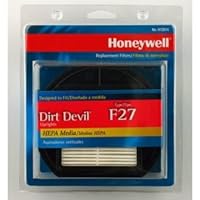 Fits my vacuum, but DID NOT include the square sponge filter that fits in the comb filter. The other filters bought actually came with the sqaure filter, and your filters came loose in a bag without the missing part mentioned. They didn't come in a Honeywell package and I'm dissapointed with this purchase.This filter is great and has a better looking construction than the original, I definitely recommend purchasing.
Fits my vacuum, but DID NOT include the square sponge filter that fits in the comb filter. The other filters bought actually came with the sqaure filter, and your filters came loose in a bag without the missing part mentioned. They didn't come in a Honeywell package and I'm dissapointed with this purchase.This filter is great and has a better looking construction than the original, I definitely recommend purchasing.


